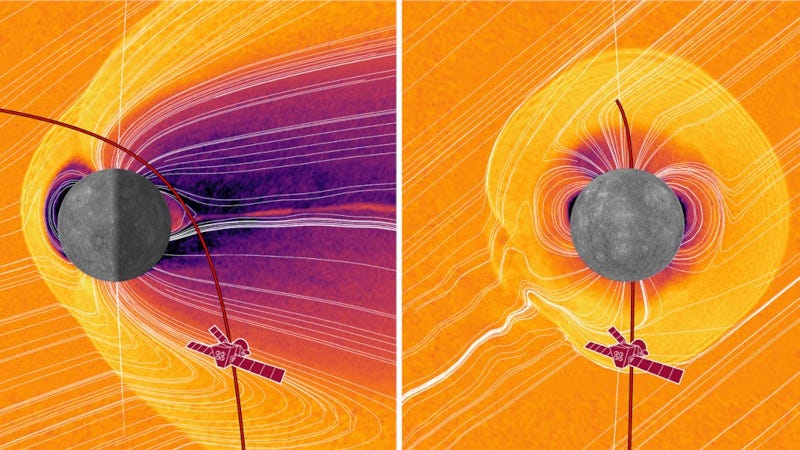BepiColombo Swings by Mercury for the 6th Time
Closest Approach Came at 0200 EDT This Morning
The ESA/JAXA BepiColombo mission soared just 183 miles above Mercury's surface this morning, with the closest approach happening at 06:59 CET (05:59 UTC/02:00 EST). This opportunity allowed the spacecraft to photograph Mercury, make unique measurements of the planet’s environment, and fine-tune science instrument operations before the main mission begin…
Keep reading with a 7-day free trial
Subscribe to The Journal of Space Commerce to keep reading this post and get 7 days of free access to the full post archives.



